Why you must extend Zero Trust to public cloud workloads
CIO
NOVEMBER 8, 2023
Today, many organizations are embracing the power of the public cloud by shifting their workloads to them. Additionally, 58% of these organizations use between two and three public clouds, indicating a growing trend toward multi-cloud environments. 3 We have seen an increase of 15% in cloud security breaches as compared to last year.

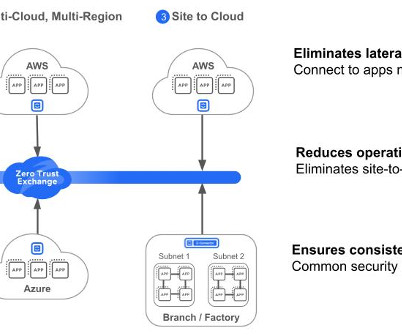


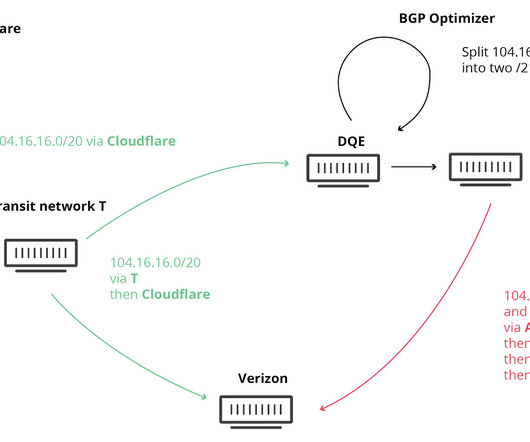
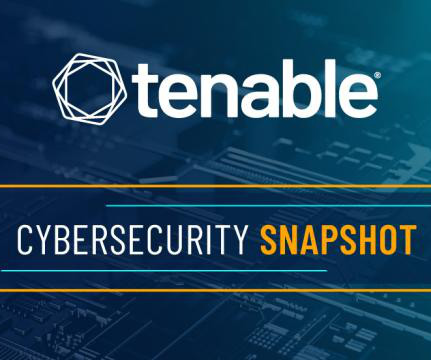

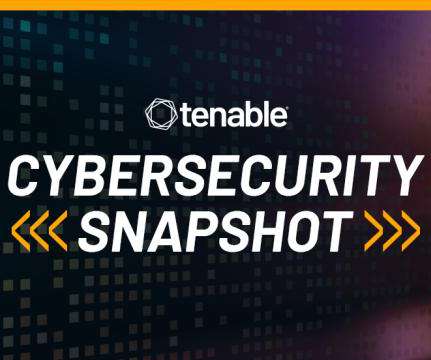





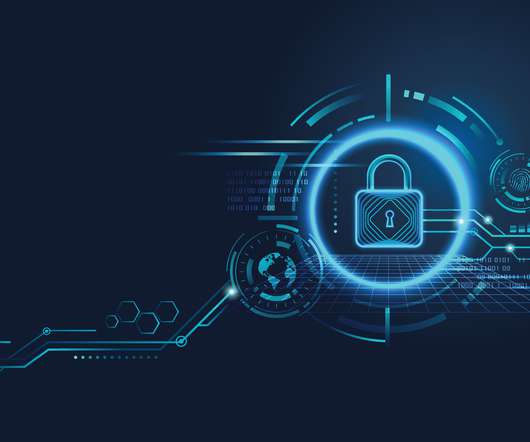

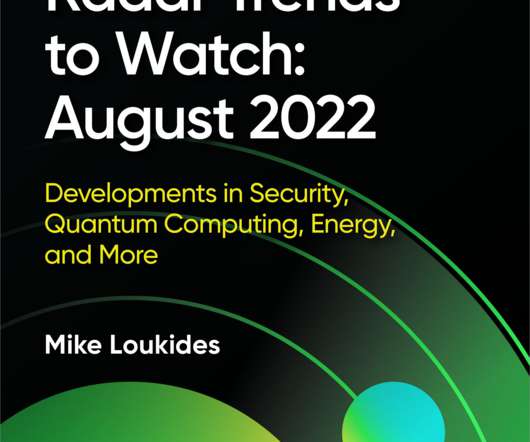









Let's personalize your content